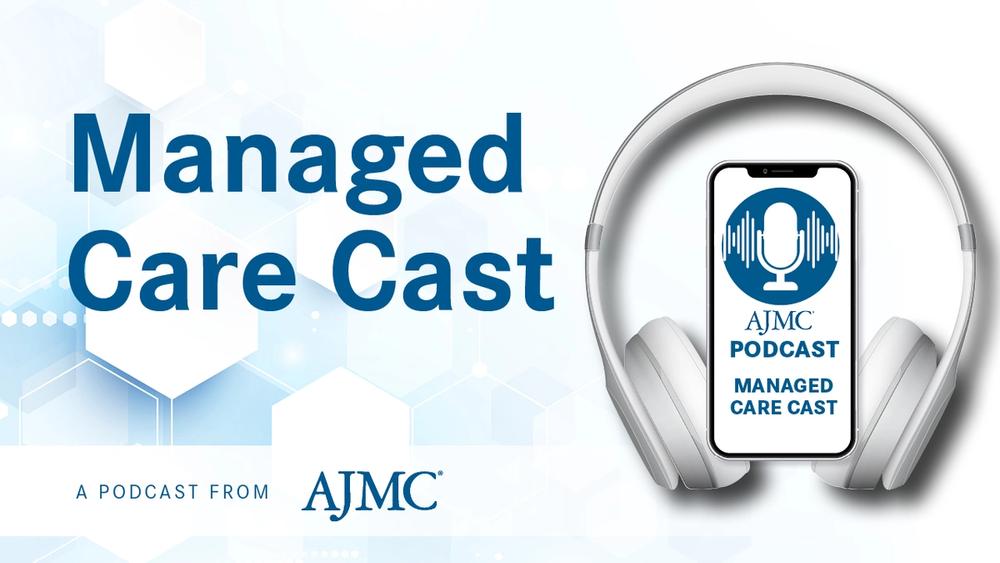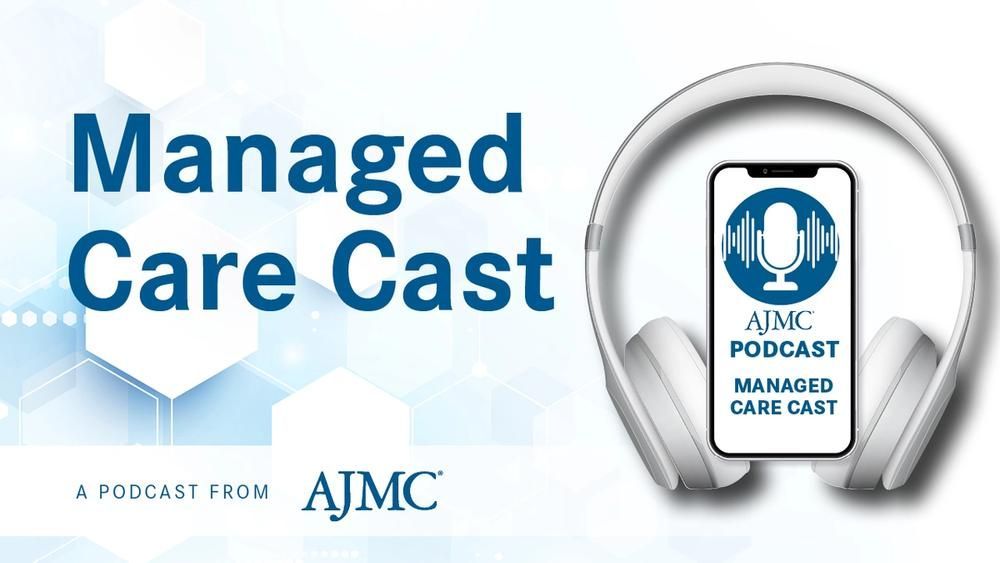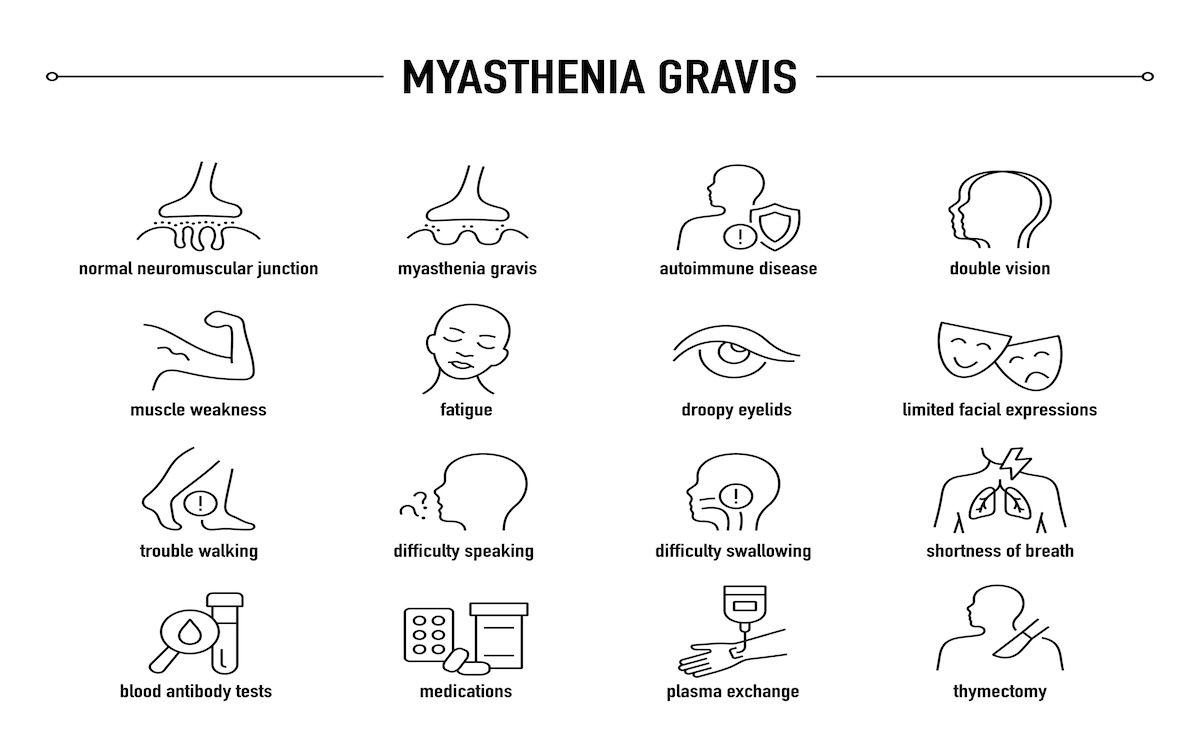News
Article
Bridging Care Gaps With a Systemwide Value-Based Care Strategy
Author(s):
Key Takeaways
- Health systems must adopt continuous care management with standardized communication and leadership support to address fragmented care delivery.
- UC Davis Health prioritized high-risk patients and developed integrated care pathways using multidisciplinary teams to improve care management.
Mapping care management needs by defining patient populations and then stratifying them according to risk and their needs can help to spur the transformation of a siloed health care system into an integrated system that is able to better provide holistic, value-based care despite the many transitions that continue among hospital, primary, specialty, and community care environments.
Many health systems struggle to achieve cost savings in value-based care due to care management gaps and fragmented care delivery, particularly for patients with complex needs. To address these silos, health systems must adopt proactive, continuous care management with standardized communications and leadership support across all organizational levels. This can be accomplished by mapping care management needs across health care systems, defining patient populations, and stratifying these populations by risk and need in specific areas.
At the 2025 AMGA Annual Conference, Vanessa McElroy, MSN, ACM-RN PHN, IQCI, director, Care Transitions and Population Health Care Management, and Georgia McGlynn, RN, MSN-CNL, CPHQ, manager, Population Health and Accountable Care, both from University of California Davis - Health shared insights from the implementation of their systemwide strategy for value-based care management in, “Bridging the Care Management Gap and Cutting Costs: A Systemwide Strategy for Care Management.”
“We want to shift from a medical or tertiary care model that is focused on episodic care for acute health issues,” McElroy said, “to a model that truly emphasizes continuous care management and care coordination services.”
Primary impediments to systemwide change, she continued, are resistance to new processes, lack of communication standardization, and deeply held cultural beliefs that prioritize not systemwide roles, but individual departments. McElroy emphasized the importance of asking, “What is care management?” and “What is care coordination?” noting that one cannot exist without the other.
From Care Silos to Care Coordination
Beginning in 2020, UC Davis Health—a large matrixed academic center—began its journey to improve its accountable care contract performance and how its patients with complex medical needs experience care.
“We needed to prioritize our high-need, high-risk patients,” McElroy emphasized, “with multidisciplinary, multispecialty teams,” mitigating barriers to care. Under a directive from key leadership, the Population Health and Transitions of Care teams were tasked with developing an integrated care management model and implementing care management functions and pathways—or creating a systemwide map and approach to care management. They identified 4 primary challenges to accomplishing this, all demonstrating areas great need:
- A lack of uniform taxonomy across departments, teams, and functions within UC Davis Health
- A lack of standardization in practices, service scope, and workflows
- A lack of standardized alignment and communication leading to process inefficiencies
- A lack of risk stratification and a standardized care model leads to uncoordinated and fragmented interventions
They mapped systemwide care management functions and best practices, prioritizing keeping patients healthier and proactively addressing clinical and social decline pathways. Their revamped systemwide approach to care management had at its core a model specifically designed for service coordination and continuous care management that emphasizes both quality and safety—thereby moving away from a tertiary care model of episodic care for acute care—and in which care management functions were delineated, shared decision-making was emphasized, and communication pathways were prioritized.
Mapping care management needs by defining patient populations and then stratifying them according to risk and their needs can help to spur the transformation of a siloed health care system into an integrated system that is able to better provide holistic, value-based care. | Image Credit: © Qoncept-stock.adobe.com

Their mission became, “We partner with patients, providers, payers, and communities to provide measurable, efficient, equitable, high-quality care through results-driven care management, actionable data, tech-enabled tools, and evidence-based practice.”
From Care Coordination to Tiered Population Health Management
A new emphasis was placed on high-risk, high-need patients, considering both clinical conditions and social-behavioral factors; these patients require greater support to maintain quality of life, remain healthy at home, and avoid unnecessary hospitalizations. The next step toward streamlined care management involved redesigning several programs using a population health approach. Patients were segmented by risk level by asking, “Who are our high- and rising-risk subpopulations?” and “How do we develop tech-enabled, operational, and clinical care pathways?”
UC Davis Health analyzed their patient population overall and by chronic condition (eg, chronic kidney disease [CKD], heart failure, liver failure, cancer, and opioid use disorder), social determinants of health, vulnerability, and level of deprivation, among others. They also incorporated risk modeling on 2 fronts: risk of hospitalization or emergency department (ED) visit in the next 12 months and risk of hospitalization or ED visit in the next few days. Information technology enhancements improved workflow efficiency and integrated local primary and specialty care team processes across all care settings to address clinical and operational gaps during care transitions.
The updated care management included patient navigation, coordination, clinical comanagement, shared decision-making, and self-management support. Care management staff were supported by social workers, pharmacists, nurses, and physicians.
“These programs really rely on the collaboration of a variety of teams across all settings and that means care for patients wherever they are, whether that’s in our health systems, in our clinics, or at home in the community,” emphasized McGlynn. “This has really allowed us to prioritize care for patients who are most acutely ill and take care of patients where they are best suited to receive that care—which is often outside the hospital.”
To prevent poor outcomes across risk levels, the highest-risk patients (2% of all patients from the UC Davis active patient and population health patient registries) receive intensive interventions, including active case management, pharmacy and specialty interventions, and care transitions assistance; high-risk patients (3%-5%) received tertiary intervention, comprising monitoring of concurrent conditions and medication interventions; rising-risk patients (6%-20%) received secondary prevention via care of disease screening, disease control outreach, and monitoring; and low-risk patients (80%) received primary prevention encompassing proactive outreach and engagement for screening and preventive services.
“We look at whether the needs of the patient are more acute and time limited or more ongoing and chronic,” McGlynn noted. “The way that we group patients is based on their risk of future utilization, future ED visits and hospitalizations.”
This tiered population health management approach has so far seen the complete revamp of 4 existing programs: Inpatient and Ambulatory Case Management, Multi-Visit Patient Program, High-Risk Diabetes and Hypertension Management, and Cancer Care Management. Many others are currently in development or already in progress: the Health Navigator, Primary Care Management, Chronic Kidney Disease Care Management, Heart Failure Care Management, Chronic Obstructive Pulmonary Disease (COPD)/Asthma and Dementia Care Management, Post-Discharge Bridge Clinic, and Social Needs programs.
Compared with baseline utilization, the following results have so far been seen for patients enrolled in these programs:
- Primary Care Management: lower rates of ED visits (–18%) and hospitalization (–25%), fewer intensive care unit (ICU; –46%) and medical/surgical (M/S; –29%) days, and a 0.3-day drop in hospital length of stay (LOS)
- Chronic Care Condition Management:
- Patients with COPD: lower rates of ED visits (–33%) and hospitalization (–38%), fewer ICU (–33%) and M/S days (–49%), and a 0.5-day LOS drop
- Patients with CKD: lower rates of hospitalization (–12%) and a 1-day drop in LOS
- Health Navigator: nonclinical care coordination tasks are no longer being performed by the clinical team and navigators are integrated into the standard care delivery process
- Multi-Visit Patient: reduced visits for those with an individualized care plan and 4894 visits have avoided; these results extend beyond 1 year
- Post-Discharge Clinic: compared with those who lacked follow-up, patients who received clinic care had 27% fewer 30-day ED visits, 24% fewer 30-day inpatient rehospitalization, and a higher rate of telemedicine visits than the overall health system (34% vs 18%)
Looking Ahead
The success of UC Davis Health’s systemwide strategy highlights the power of a coordinated, risk-stratified approach to population health management. By integrating care pathways, standardizing workflows, and leveraging multidisciplinary teams, they have demonstrated measurable improvements in patient outcomes and resource utilization. Their model provides a scalable blueprint for other health systems striving to close care management gaps, reduce costs, and deliver continuous, patient-centered care beyond the hospital, and their success underscores the value of proactive, patient-centered care models in delivering both cost savings and better health outcomes—offering a scalable blueprint for value-based care transformation.
Reference
McElroy V, McGlynn G. Bridging the care management gap and cutting costs: a systemwide strategy for care management. Presented at: AMGA Annual Conference; March 26-29, 2025; Grapevine, TX.





